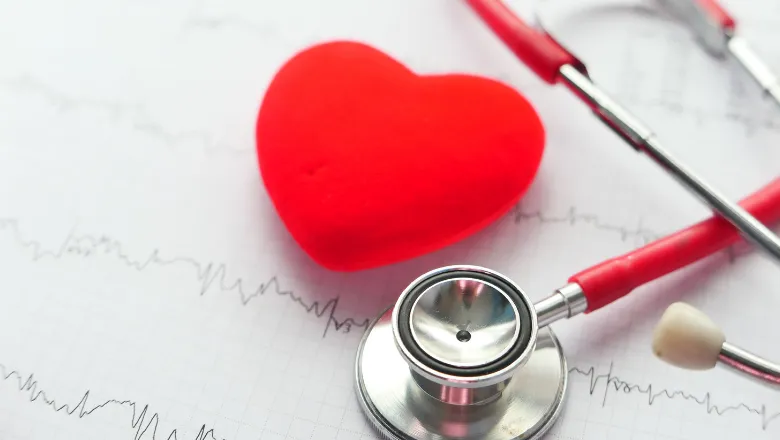Our results provide insight into the mechanisms underlying cardiac inflammation and fibroblast-mediated inflammatory responses that could be therapeutically targeted to treat heart failure.
Professor Kinya Otsu
14 October 2021
Researchers find subset of cardiac fibroblasts involved in cardiac inflammation under stress
Inflammation is part of the process that weakens the heart, leading to heart failure. In response to pressure overload such as hypertension, monocytes (a type of white blood cell) enter the heart and become inflammatory macrophages.

The macrophage produces inflammatory cytokines, which is a small protein that influences the immune systems and damages to the heart. It is known that C-C motif chemokine ligand 2 (CCL2) is a chemokine which facilitates monocyte movement and positioning.
The heart consists of many kinds of cells, such as heart cells, fibroblasts, and smooth muscle cells. However, we currently do not know which type of cells in the heart produce CCL and attract monocytes in blood to the heart.
A team of researchers, led by Professor Kinya Otsu, showcase how a distinct subset of cardiac fibroblasts become activated by pressure overload and attract monocytes to the heart. They found that cardiac fibroblasts can produce CCL2 and name the cells inflammatory fibroblasts.
They then examined the mRNA expression pattern at a single cell level using so-called single-cell RNA sequencing analysis and found a subset of cardiac fibroblasts highly expressed genes activated by the transcription factor NF-kB and CCL2 mRNA. In the mouse which did not express the NF-kB activator IKKb in cardiac fibroblasts, pressure overload induced less monocyte recruitment and did not induce heart failure.
The adult heart contains many resident cardiac fibroblasts, which play important roles in maintaining tissue architecture. In response to tissue injury or stress, the resident cardiac fibroblasts undergo a transition to activated myofibroblasts, a highly synthetic cell type that induces the genes encoding smooth muscle α actin (ACTA2) and collagen. These cells acquire the capability to contract, migrate, proliferate, elaborate extracellular matrix and mediate the development of cardiac fibrosis. Although myofibroblasts have been considered the only phenotype of activated fibroblasts, distinct subsets of fibroblasts, namely inflammatory fibroblasts and myofibroblasts, have been reported in arthritis and pancreatic cancer.
Therefore, the aim of the present study was to identify a regulatory signaling pathway in cardiac inflammation based on the hypothesis that a distinct subset of inflammation-related activated fibroblasts plays crucial roles in the recruitment of inflammatory cells, especially monocytes/macrophages, and in the pathology of heart failure.
Next steps for this research is to identify the marker for the inflammatory fibroblasts to isolate the cell population and examine the characteristics of the cells to regulate their activity.
To conclude, we found that a subset of cardiac fibroblasts involved in cardiac inflammation under stress. The cardiac fibroblast might therefore be a therapeutic target to treat patients with heart failure.
Professor Kinya Otsu
Read the full paper.

